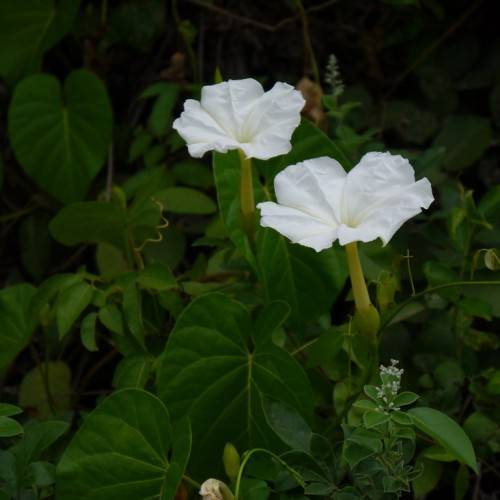
American Bindweed
Calystegia sepium subsp. americana
Also Known As - Hedge False BindweedWatering:
Frequent
Hardiness Zone:
Sun:
full sun,part shade
Fruits:
Fruits Ready In
Leaf:
Yes
Growth Rate:
Low
Invasive:
Yes
Care Level:
Medium
watering
Pubescent Bindweed requires regular but moderate watering. During the warmer months, the soil should be checked often and watered when it feels slightly dry to the touch. During the cool months, water only when the soil is dry down to an inch or 2; or about every 2-3 weeks. It is important not to overwater or let the soil become soggy since this could lead to disease and root rot.
sunlight
Pubescent Bindweed (Calystegia pubescens) prefers full sun but is able to tolerate partial shade during the hot summer months. It thrives in locations that get 6 to 8 hours of direct light each day, making it ideal for sunny decks, balconies, or front steps. Additionally, it prefers well-drained soil and should be watered during dry periods. Pubescent Bindweed grows best when it receives the full benefit of the warm sunshine in the summertime, between the hours of 10 am to 5 pm. However, if temperatures become too extreme, it is best to provide shade to protect the plant from heat stress.
pruning
Pubescent Bindweed is a fast-growing, short-lived perennial species that should be pruned in late spring or early summer. Pruning helps to control the size and structure of the plant and can help reduce the outcome of foliage and flowers. Pruning should be done selectively to the plant's main growth areas, such as stems and shoots. In general, remove no more than 1-third of the plant's foliage and flower buds. Deadheading (removing old or infected blossoms) can also help improve bloom production and keep the plant healthy. Though, it is important to avoid heavy pruning to prevent the plant from becoming weak and susceptible to disease.
